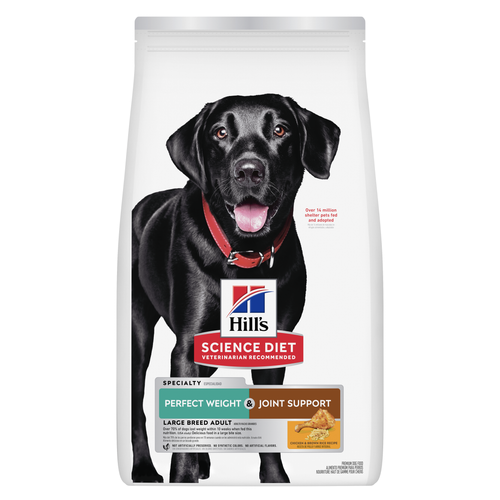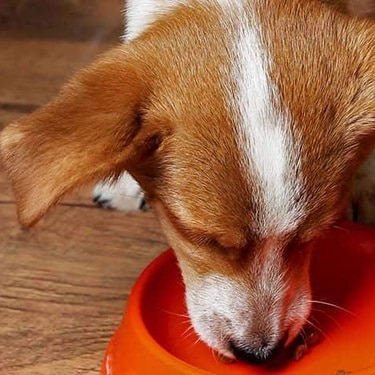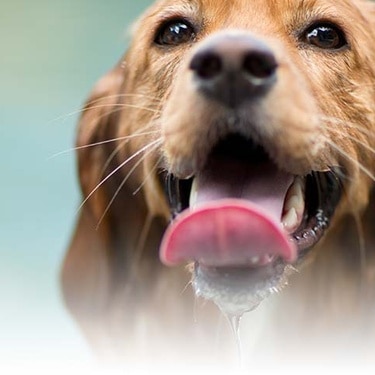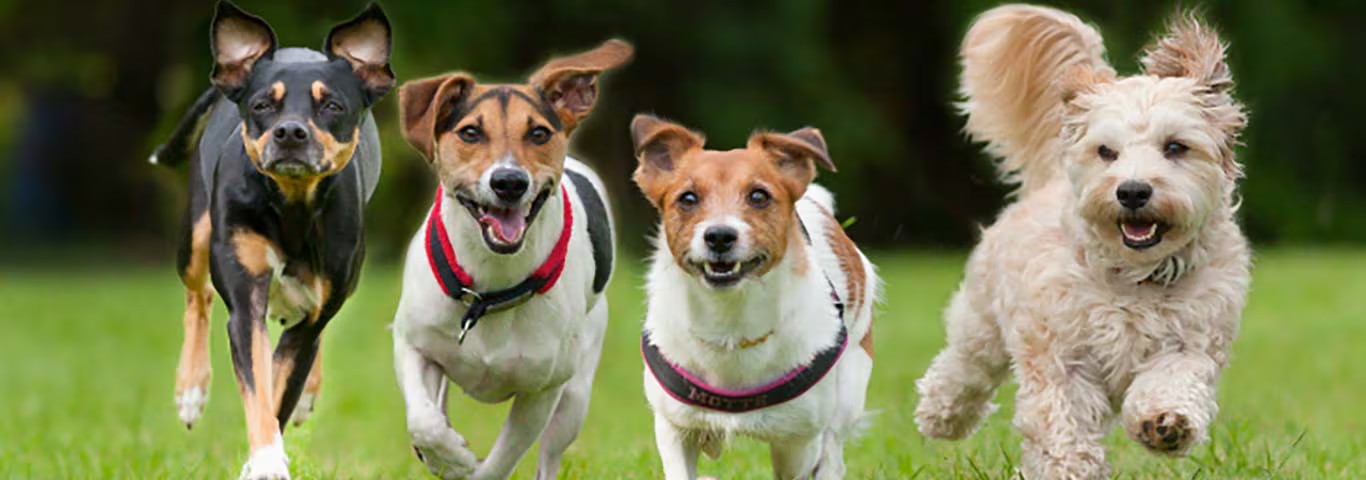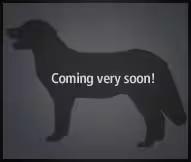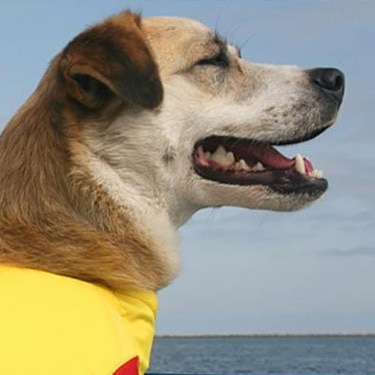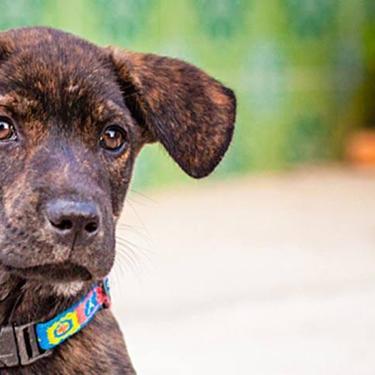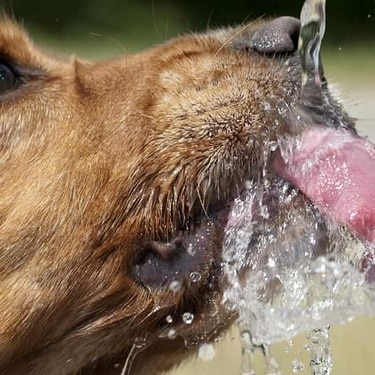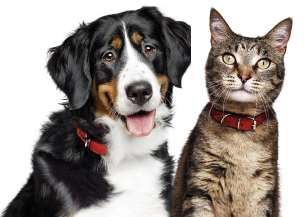Canadian Eskimo dogs are working dogs, highly pack oriented and will challenge their guardians. They are friendly to people but are aggressive to dogs outside their pack and may fight, especially if not worked. They are high-energy dogs.
Canadian Eskimo dogs are destructive chewers and diggers. They pull on a leash owing to their working heritage.
Canadian Eskimo dogs require human interaction and the ability to work. They do not do well with dogs outside their pack. Other pets, such as cats, rodents, birds and reptiles, should be kept away from them as the dogs see them as prey.
Canadian Eskimo dogs are vocal and howl. They can do well in a kennel setting provided there are other Canadian Eskimo dogs around to provide companionship. These dogs will fight among themselves for dominance, and should be kept separated from each other to minimize fighting and injuries.
Feed your Canadian Eskimo dog a high-protein dog food. If working or otherwise active, consider supplementing with meat, bonemeal and fat. Canadian Eskimo dogs have difficulty digesting certain grains other than corn and rice.
Canadian Eskimo dogs are ideal for guardians who want a large, intelligent, active dog for sledding and backpacking activities. They make poor watchdogs and poor guard dogs.
Canadian Eskimo dogs typically live from 10 to 15 years.
The Canadian Eskimo dog dates back as far as 4,000 years ago to the Inuit or Eskimo people. These dogs were bred for pulling sleds and helping the Inuits hunt.
Explorers to both the North and South poles, including both Peary and Amundson, used Canadian Eskimo dogs extensively. Until 1992, the dogs were used at an Australian Antarctic station. These dogs, descendants of the original exploration dogs, now reside in Minnesota.
The Canadian Eskimo dog is a recognized United Kennel Club breed. Some dogs still live with their native people, but with the advent of the snowmobile, the dog began to decline. In the late 1960s, the breed almost disappeared. The breed is making a comeback in Greenland and other areas because of the Inuits' renewed interest in their cultural heritage.

